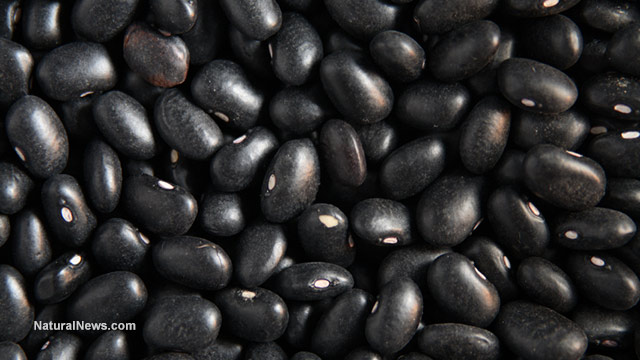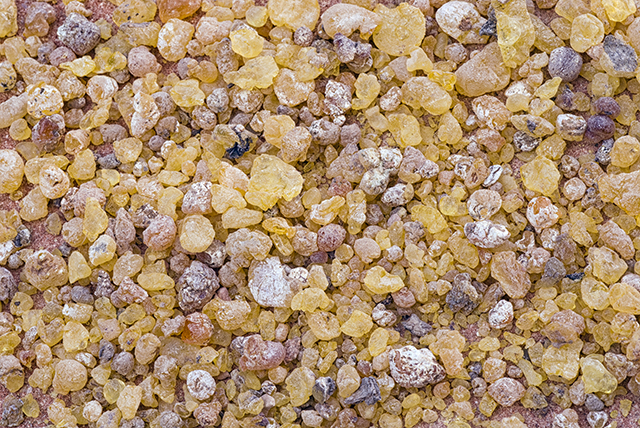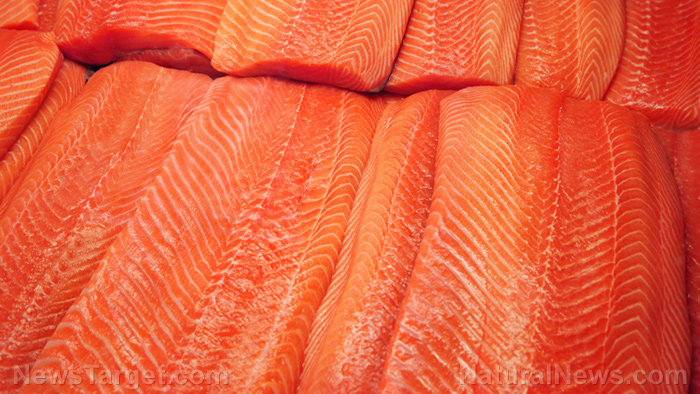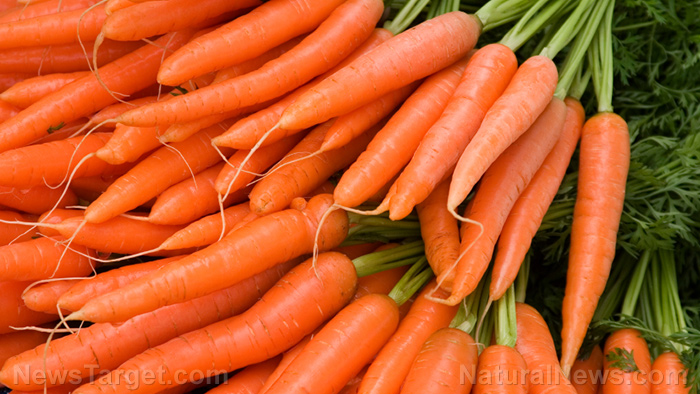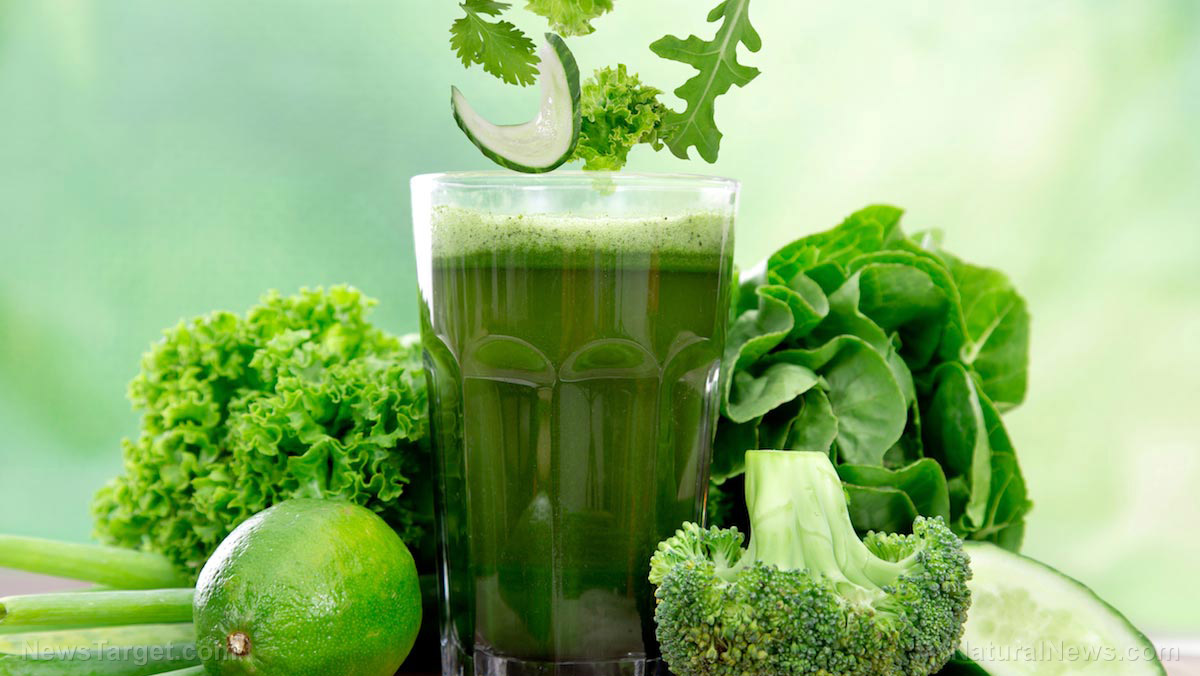Upcycled: Wastewater from olive mills can be transformed from a pollutant into a biofuel and bio-fertilizer
02/05/2018 / By Ralph Flores

Researchers have developed an environment-friendly process to convert wastewater from producing olive oils into biofuel and fertilizer, as published in the journal ACS Sustainable Chemistry & Engineering. The study, led by researchers from the Institut de Science des Matériaux de Mulhouse and RITTMO Agroenvironment in France and the Water Research and Technologies Centre and the Higher Institute of Sciences and Technology for Environment in Tunisia, described how olive mill wastewater (OMW) is “valorized,” that is, to create value towards it, into more sustainable products which can also be used in the supply chain.
Olives are sought-after commodities around the world. Based on a report published by the European Commission, people have consumed at least 2.803 million metric tons (MT) of olive oil in 2017, with figures expected to rise to 2.976 million MT by 2018.
With the increased demand for olive oil, manufacturers have also upped their production: In the 2017 to 2018 season, an estimated 2.927 million MT of olive oil will be produced — with the EU accounting for at least 63 percent of its production. (Related: New Study Finds Olive Oil Effective against HER-2 Breast Cancer.)
However, this demand also brings severe environmental impacts. When olive oil is produced, only 20 percent of the product yields olive oil — the remaining materials become by-products. These become what is known as olive processing waste products such as the olive press cake (the solid residual material from production) and olive mill wastewater. Effluents from both by-products are considered to be pollutants as they are not readily biodegradable and carry chemicals which are toxic to plants.
100% organic essential oil sets now available for your home and personal care, including Rosemary, Oregano, Eucalyptus, Tea Tree, Clary Sage and more, all 100% organic and laboratory tested for safety. A multitude of uses, from stress reduction to topical first aid. See the complete listing here, and help support this news site.
In particular, the disposal of olive mill wastewater raises concern. Every year, at least 30 million cubic meters of OMW is produced in the Mediterranean area. This cannot be treated using conventional wastewater systems and must be detoxified before it can be re-used in industrial and agricultural processes. Moreover, byproducts from olive oil production can easily pollute any body of water (including groundwater) once it comes in contact with it, either through direct discharge to surface water or through seepage from soil to groundwater. The problem is aggravated once OMW comes into contact with treated drinking water: The chlorine used in water treatment interacts with the phenol in OMW to form chlorophenol — a compound that poses a serious risk to humans.
To address this problem, researchers used cypress sawdust — which is another common waste product in the Mediterranean region. The paper breaks down the procedures for treating OMW. The process involves the impregnation of sawdust, drying, biofertilizer production, and soil amendment.
During sawdust impregnation, raw cypress sawdust is used to absorb the wastewater. Salt that was dissolved in the OMW, as well as chemical oxygen, was adsorbed (a term describing the accumulation of liquids or gases on the surface of another substance) on the sawdust.
After the process, the resulting mixture was dried using a convective dryer set at temperatures ranging from 40 to 60 degrees Celsius, which expedited the drying process. In addition, researchers opined that the water that was gathered during drying could be used to irrigate crops.
To produce the biofertilizer, the dried mixture was pyrolyzed at 500 degrees Celsius. Pyrolysis is a method used to expose an organic material to high temperatures without the use of oxygen. This allows the material to thermally decompose into gases and charcoal without combustion.
The process created green fuels such as bio-oil and gas after the resulting gases were collected and condensed — these can be used to power up succeeding drying and pyrolysis processes. Moreover, the charcoal pellets that were produced after were also obtained. After analysis, these pellets were noted to contain potassium, phosphorus, nitrogen, and other nutrients from the breakdown of olive mill wastewater. When these were tested in ryegrass, the team discovered that the bio-fertilizer was able to improve plant growth compared to those that did not use them. It also increased mass yield and the size of the leaf.
With these findings, the research team was able to determine a way to reuse olive mill wastewater into green fuel, a biofertilizer, and a potential source of agricultural water.
Learn more about how our actions impact the environment by going to Enviro.news today.
Sources include:
Tagged Under: Bio Fertilizer, crops, Ecology, fertilizer, food production, green living, harvest, olive mill wastewater, olive oil, Olives, permaculture, pyrolysis, recycling


